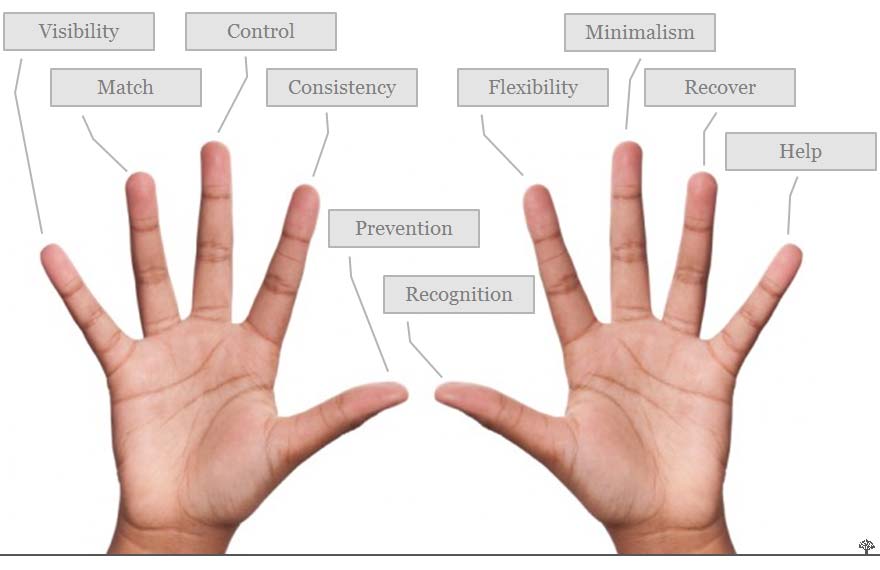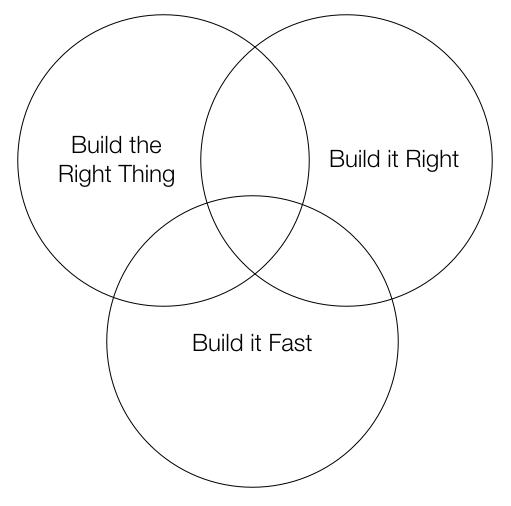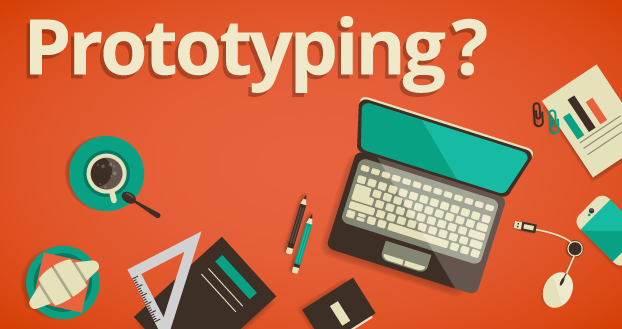It’s Really a “Riskiest Assumption Test”, Not a Minimal Viable Product
“There is a flaw at the heart of the term Minimum Viable Product: it’s not a product. It’s a way of testing whether you’ve found a problem worth solving. A way to reduce risk and quickly test your biggest assumption. Instead of building an MVP identify your Riskiest Assumption and Test it.” – Rik Higham, … Read more








